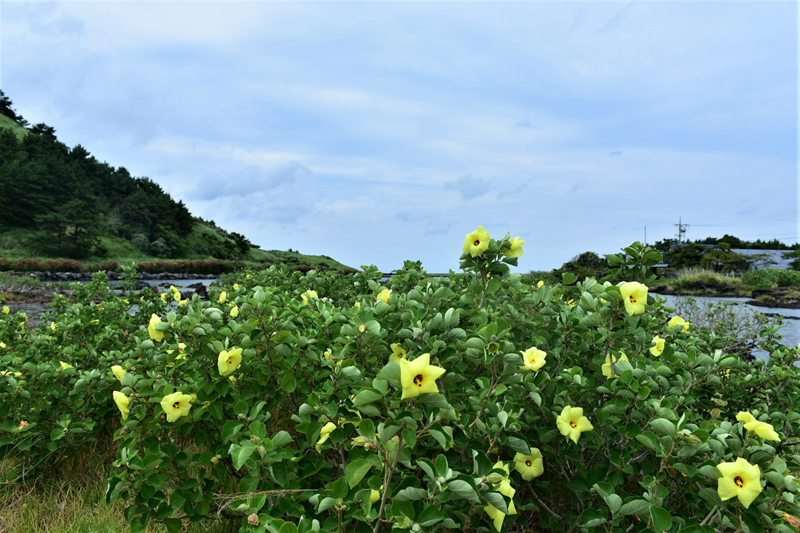Field Trip to: Semi-Mangrove Natural Habitat

Semi-mangroves refer to plant species that share certain ecological characteristics with true mangroves but do not fully exhibit all the traits that define true mangrove species. These plants are often found in coastal areas where conditions are similar to those in mangrove habitats, such as tidal influence, saltwater exposure, and sandy or muddy soils. However, they are typically more adapted to a broader range of environmental conditions, including areas that experience less extreme tidal fluctuations or lower salinity levels. Semi-mangroves contribute to the diversity and functionality of coastal ecosystems by occupying ecological niches that are intermediate between true mangroves and upland plant communities. Their presence enhances the resilience of coastal areas to environmental changes and supports a wide range of ecological processes. In Jeju, semi-mangrove habitats are areas where certain mangrove-associated species. These habitats often include species like Hibiscus hamabo and Paliurus ramosissimuswhich is known for growing in coastal areas of Jeju.
- Seongsan Ilchulbong (Sunrise Peak) Wetlands: Near the iconic Seongsan Ilchulbong, there are small wetlands and coastal areas where Hibiscus hamabo have been observed. The mix of volcanic soil and coastal environment creates a unique habitat that supports these species.
- Pyoseon Beach and Wetland Area: This southern coastal area features sandy beaches and wetlands where semi-mangrove species, like Hibiscus hamabo and Paliurus ramosissimus, can be found.
- Biyangdo Island: This island located off the west coast of Jeju Island, is a small island known for being a natural habitat of Hibiscus hamabo. Peorlang Pond is a pond located on Biyangdo, provides a unique environment resembling a wetland ecosystem where a mix of saline and fresh water creates ideal conditions for various species. The pond plays a crucial role in sustaining the local ecosystem, offering a habitat that supports the growth and survival of this semi-mangrove species. Additionally, on Biyangdo, there is an ongoing restoration project aimed at increasing the population of Hibiscus hamabo.














